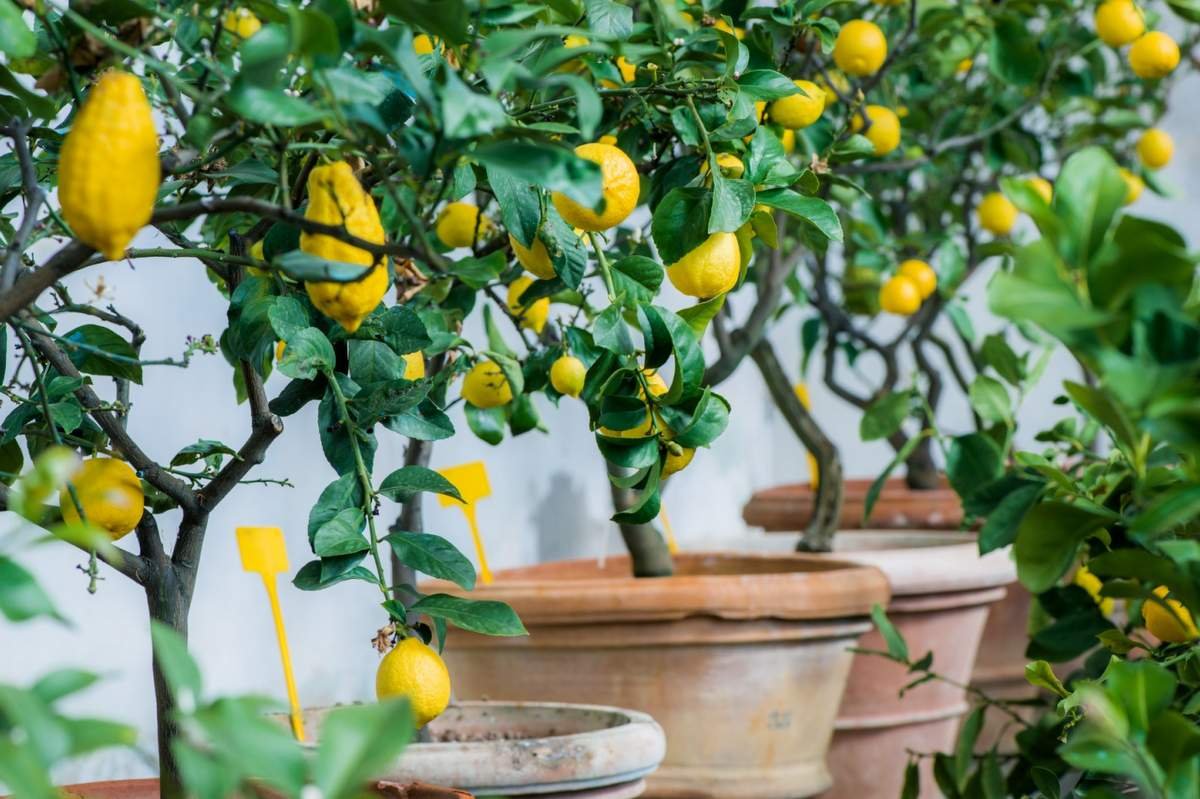By Sheree McDonald, Contributing Writer
Summer and lemons go hand in hand—their refreshing citrus flavor adds a zing to any dish or drink. Imagine the convenience and joy of having a lemon tree right at home, ready for you to pick from whenever you like. The great news? Lemon trees are among the easiest citrus plants to grow, even in a pot. With just a bit of planning and care, you can enjoy your homegrown lemons in no time.
Ready to grow your own lemon tree? Let’s get started!
What You’ll Need
Before planting, gather the following:
- A seed from an organic lemon (non-organic seeds often fail to sprout).
- A seedling pot and a larger planting pot.
- Fertile, well-draining soil.
- Access to a sunny indoor spot.
- A piece of breathable plastic wrap.
Step-by-Step Guide
1. Moisten the Soil
Lemon trees thrive in consistently moist soil. Mix water into your soil until it’s damp but not soggy. The goal is moisture, not a muddy mess.
2. Fill Your Pot with Soil
Fill your pot with the damp soil, leaving about an inch of space at the top to prevent overflow when watering.
3. Choose Your Seed
Select a healthy, plump seed from an organic lemon. To keep the seed moist during planting, a clever trick is to keep it in your mouth until you’re ready to plant.
4. Plant the Seed
Place the seed about ½ inch deep into the soil. Cover it lightly and water thoroughly.
5. Cover the Pot
To maintain warmth and humidity, loosely cover the pot with breathable plastic. This protects the seed from cool temperatures while retaining warmth. Monitor the soil’s moisture to avoid drying out or overwatering, which can lead to root rot.
6. Watch for Sprouts
In about two weeks, tiny sprouts should emerge. At this stage, you can remove the plastic permanently. Ensure the plant receives plenty of sunlight and stays in a warm spot.
Essential Care Tips for Lemon Trees
To help your lemon tree flourish, follow these key tips:
- Outdoor Exposure
Take your lemon tree outdoors during the day, especially when it matures. This exposure increases its chances of bearing fruit and allows bees to pollinate the flowers. - Temperature Considerations
While lemon trees love warmth, excessive heat can be damaging. If you live in an area with scorching temperatures, avoid prolonged direct sunlight. Optimal growing temperatures are 70°F during the day and 55°F or higher at night. - Seasonal Dormancy
Lemon trees are evergreen but may enter a dormant state in cooler conditions. Ensure they’re kept above 54°F to prevent dormancy and ensure consistent fruit production.
Why Grow a Lemon Tree?
Lemon trees not only provide fresh, delicious fruit but also add a delightful natural fragrance to your home. They’re low-maintenance and make for an enjoyable gardening project.
Start your lemon tree journey today and inspire your friends to do the same! Homegrown lemons are just a few steps—and a bit of patience—away.
